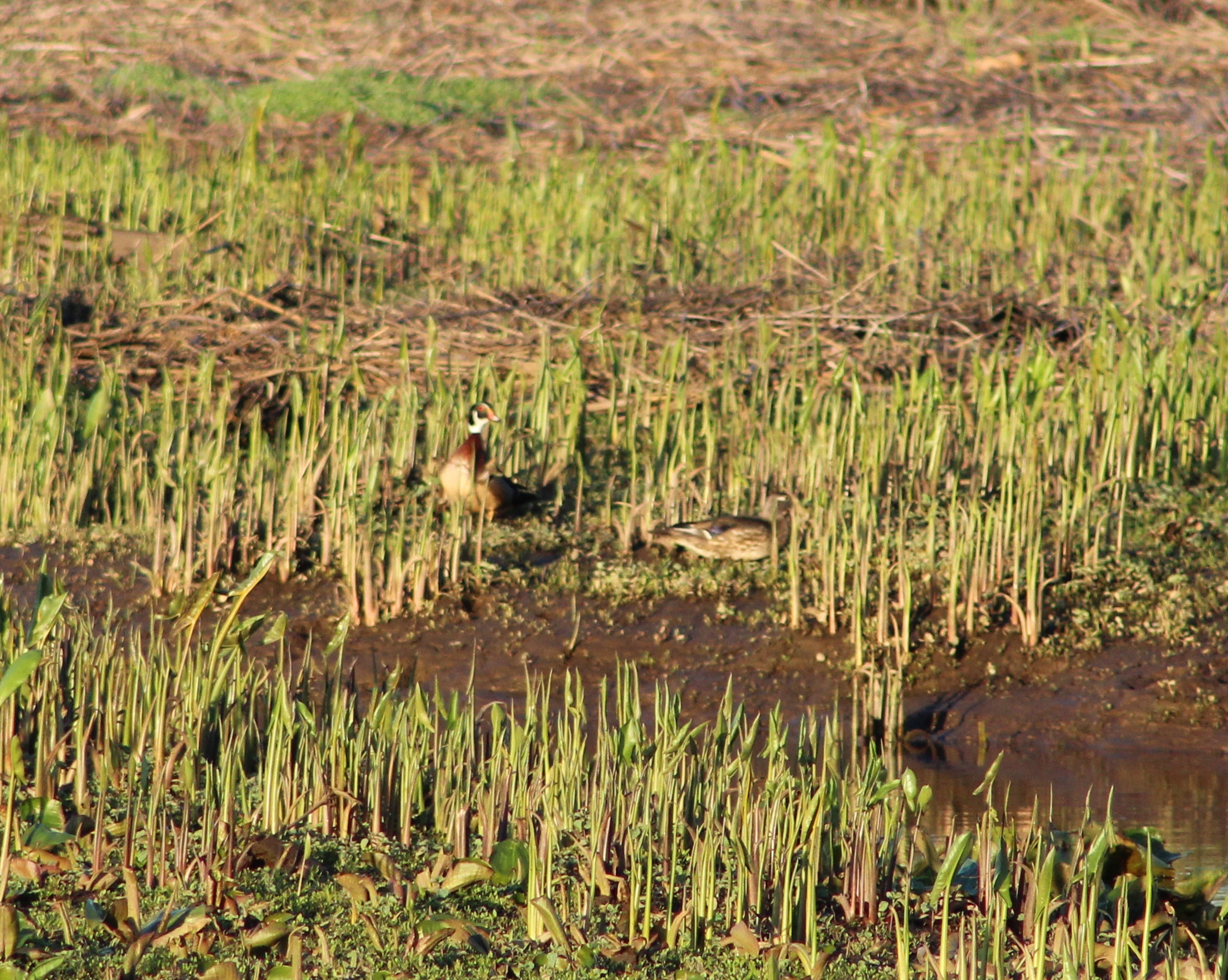Happy Arbor Day! Arbor Day is an observance that usually occurs the last Friday in April in the United States that encourages people to learn about and plant trees. This holiday was founded by J. Sterling Morton, a Nebraskan pioneer and journalist who would educate his readers about trees and agriculture. The first Arbor Day took place in Nebraska City, Nebraska on April 10, 1872. It’s estimated that around one million trees were planted throughout Nebraska on that first Arbor Day. Arbor Day became a national holiday in the United States in 1885. Holidays similar to Arbor Day occur all over the world.
I’ve decided to start a new hobby in addition to birding: tree watching. “Tree watching?” you may ask. Yes, tree watching. I have also decided that trees are really cool. Many people seem to think of trees as just objects that are part of the landscape, but they seem to sometimes forget that trees are alive. They reproduce, they take in nutrients to survive, they “breathe” (photosynthesis), they even defend themselves. Since I spend a lot of of time studying birds, who depend on trees in many ways, I thought it would be well worth my time to learn more about trees. I’ve been taking out books from the library about trees and its fascinating. So in honor of Arbor Day here are some terrific facts about trees.
- Trees have been around for more than 370 million years.
- The tallest known living tree is named Hyperion. It’s a Coast Redwood in Northern California that is 379.3 ft (115.61 m) tall.
- Trees can be some of the oldest living organisms on the plant. The oldest known Giant Sequoia is over 3,500 years old. Scientists determine the age of a tree by using growth rings.

- A large tree can absorb 100 gallons of water out of the ground per day and discharge it into the air.
- Many trees depend on birds and other animals to help disperse their seeds. For example, Clark’s Nutcrackers and Whitebark Pines are mutually dependent on each other. Whitebark Pine is a crucial food source for Clark’s Nutcrackers, while the Pines depend on the Nutcracker’s to help disperse the seeds.

- A study by Thomas Crowther and his team from Yale University estimates that there are over 3 trillion trees on Earth. (Yes-trillion with a ‘t’!)
- Acorns from oak trees are one of the Blue Jay’s favorite foods. Blue Jays have helped the oak’s range extension by caching acorns in damp, soft soils. They will usually go back to where they cached acorns, but sometimes the Jays forget and the seeds germinate in new oak trees.





































